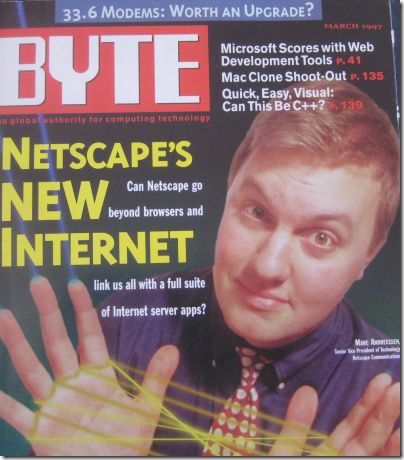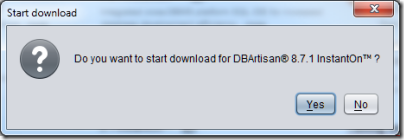It is fascinating to see the impact of Apple’s hostility to Adobe Flash on iPhone and now iPad.
On the one hand, it’s a gift to rival vendors such as Google, which is bundling Flash into Chrome (a contentious decision judging by the comments), and Microsoft, which has promised Flash support in Windows Phone 7, though not in the first release. These vendors can claim better Internet support than Apple, thanks to the large amount of Flash content, games and applications on the Web.
On the other hand, I’ve not seen many web sites that encourage their users not to use iPhone or iPad. Rather, those with the resources to do so are simply making their content available in ways that are iPhone/iPad compatible. There are two obvious ways to do so: either create an App, or make a Flash-free web site.
One of my favourite music sites is NPR, which is a great source of concerts and exclusive sessions, and which uses Flash for streaming. NPR’s research told it that five percent of its 26 million weekly listeners were likely to purchase an iPad. I was also intrigued to note that these purchasers consider it more of a “living space” device than something they take everywhere. Either way, they wanted to continue consuming NPR’s content.
NPR responded by taking both of the options mentioned above: a redesigned web site, optimised for touch control as well as eliminating Flash, and an iPad app that builds on an existing iPhone app.
We’re excited about this latest innovation because we think it brings us closer to capturing NPR’s unique identity on a digital platform. The iPad’s casual touch-screen navigation seems more conducive to immersive reading than even the lightest laptops. And it opens up new opportunities for casual listening.
The worrying thought for Adobe is that sites such as NPR might decide to use the Flash-free site for all browsers, instead of just those on an iPad, to save on duplicate work.
Adobe’s decision to enable native compilation to iPhone and iPad in the forthcoming Creative Suite 5 is looking increasingly significant.
Update: James Governor on Twitter says awesome! the new IE6! Good point, though how you see this depends on what you think of Flash in the first place.
Stephan Richter observes that “Judging by the comments, not many NPR users are happy that effort is wasted on supporting 5% of potential users.” There’s certainly evidence of resentment at Apple users getting preferential resources, though the fact that Apple purchasers pretty much match the dream profile for many advertisers may be a factor.









